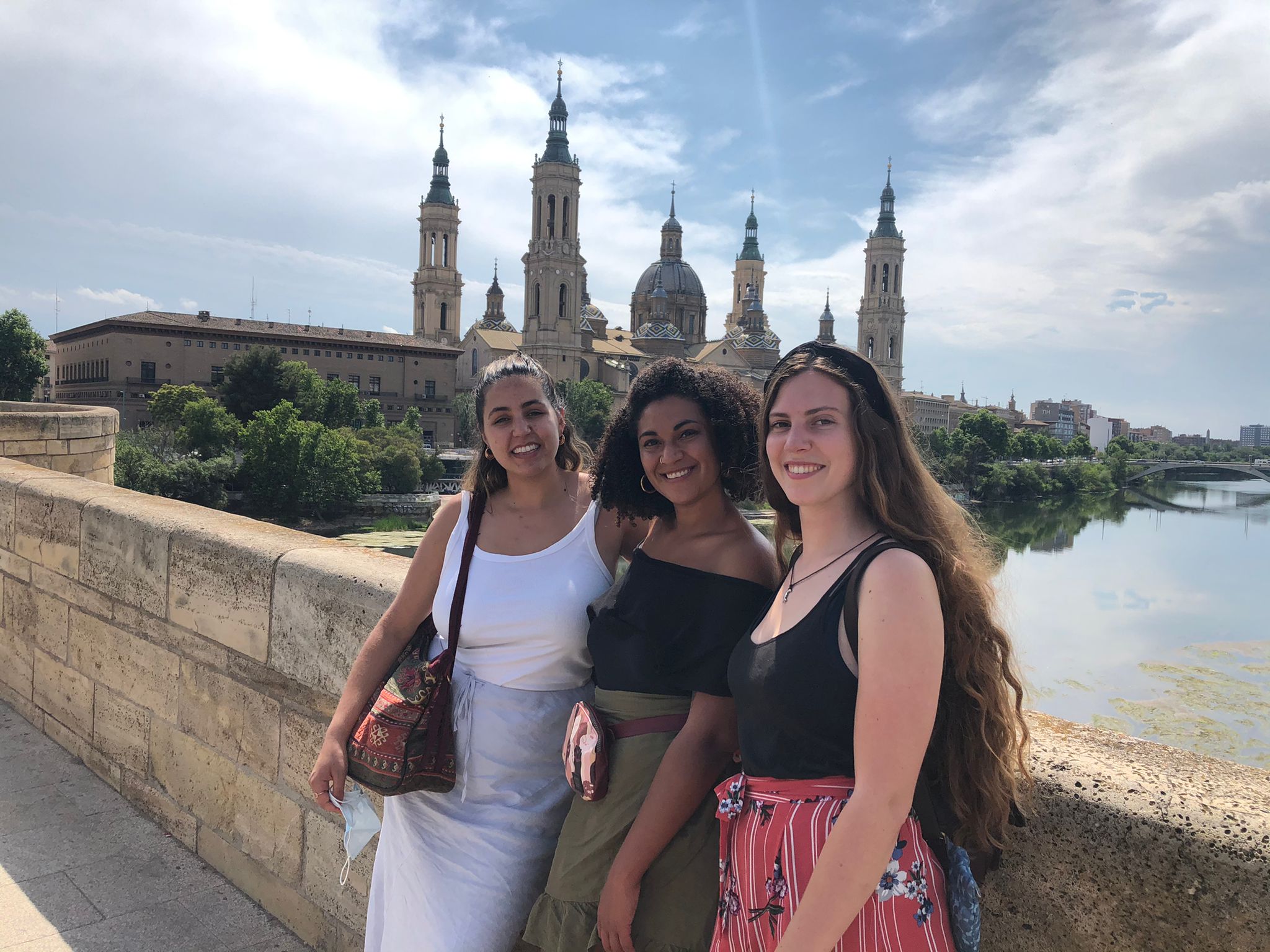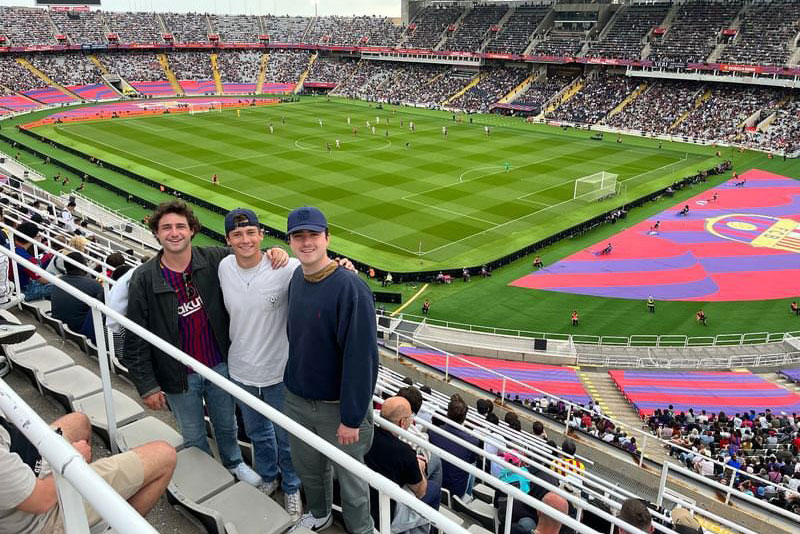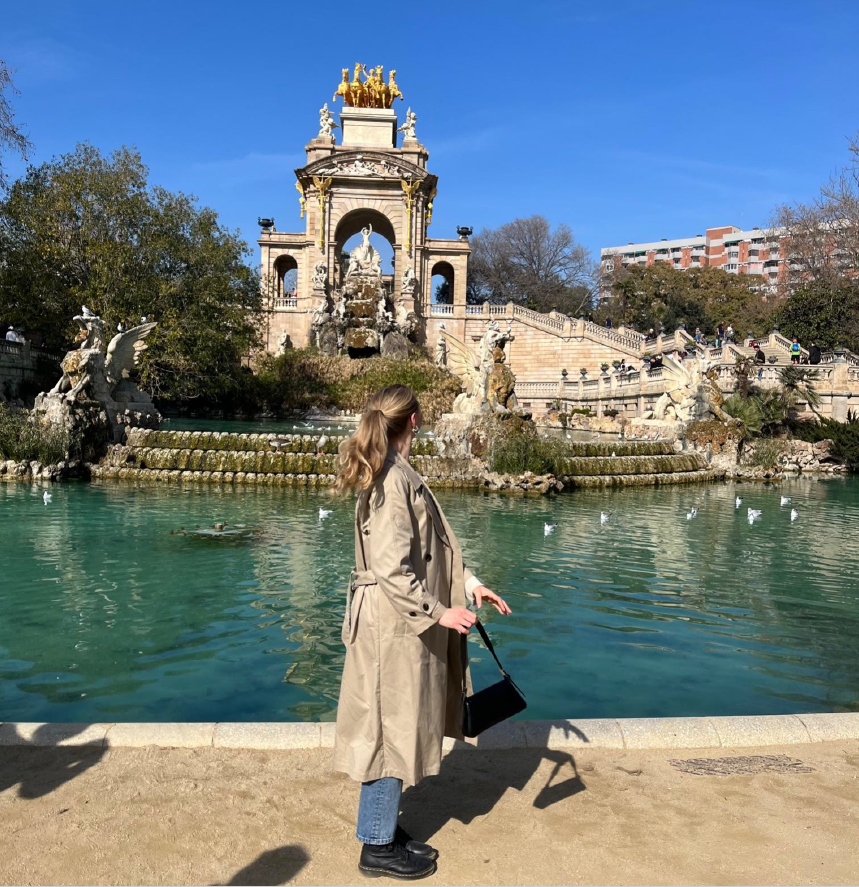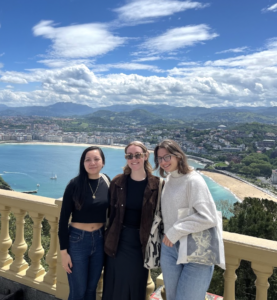It’s now been just over a week since I arrived in Spain, ready to start my placement as a Meddeas Language Assistant. I will be teaching English and French at the Julio Verne School, Torrente (Valencia) and I can’t wait for this teaching opportunity abroad to begin!
How my background is influencing my experience
Prior to arriving in Valencia, I had only been to Barcelona and Girona for a short break, visiting friends who were studying in the Catalonian cities on Erasmus exchange programmes. During that short trip, I did some sightseeing, sampled patatas bravas and sangría in vibrant bars, and danced to reggaeton in discotecas. I got a taste of the Spanish way of life, and picked up a bit of Catalan along the way!
Having grown up between Cyprus and London and having lived in both France and Portugal as part of my studies, I had had little exposure to Spanish culture beyond the stereotypes –patatas bravas, paella, sangría, siestas, and the Spanish joie de vivre. My decision to apply to Meddeas’ Language Assistant programme was motivated not only by my desire to become fluent in Spanish, but also to discover Spain’s diverse culture, often overshadowed by stereotyped perceptions and associations.

As I disembarked the aircraft that balmy, August evening, the butterflies in my stomach fluttered in a flurry of nervous anticipation and excitement. I was struck by how warm and welcoming the Spanish people I immediately encountered were. The lady working in the Valencia Airport metro stand explained not only the best tariff for my onward journey that evening and the first few days but also how to apply for an under 25’s young traveller’s card, which will serve me throughout my time in the city. When ordering in cafés and restaurants, people were patient with me as the odd Portuguese word slipped out (Portuñol) and were interested in my background as a half-Cypriot, half-Irish girl from London, who apparently speaks Spanish with a Brazilian accent and has now arrived in Spain to teach French and English.


My Mediterranean heritage meant that I welcomed what might be, for others, significant cultural shocks. For example, I did not consider the interest shown by shopkeepers, café, and restaurant owners as intrusive or abrupt –in Cyprus, it is very common to chat with random people in such everyday settings. I was also not surprised to find that in Spain, most shops are open from 08:00/09:00 to 13:00/14:00, before closing for lunch, only to re-open again from 17:00-20:00. My Irish father, who accompanied me for the first four days to help me move into my new home in Torrente, struggled to accept this as a ‘normal’ practice and questioned these businesses’ efficiency. I reminded him of the fact that when we lived in Cyprus, many shops did the same, and also worked reduced hours, or shut completely on Sundays. This teaching opportunity abroad is also giving me a better understanding of cultural differences!
Spanish mealtimes
Spanish mealtimes also reminded me of Cyprus, where I spent much of my childhood, although the food is more carb and meat-heavy than what I am used to:
07:00-09:00
Light breakfast usually consisting of a milky coffee (café con leche), tostadas (toast) slathered with either jam or fresh tomato spread, drizzled in olive oil with a sprinkle of salt.
11:00
Light snack, usually involving another coffee, some fruit, yoghurt, or even something sweet like bizcocho, galletas (cake/ biscuits), or churros. The most common savoury options are bocadillos (sandwiches made with a variety of fillings in crusty, baguette-style bread) or tortilla (NOT the Mexican flatbread, an omelette-like dish made from egg, potatoes, and onions).


13:00-16:00
Lunch is the main meal of the day for the Spanish, and is usually a 3-course meal, involving a starter (salad, soup, vegetables), main (dishes with meat/ fish, rice/potatoes), and dessert (cake, fruit, flan, etc.). After all that, not surprising the Spaniards need a siesta!
17:00-19:30
Many Spaniards like to have a drink around this time –beer, a glass of wine, or a soft drink. Some people may even have a small plate (ración) of what many people would recognise as ‘tapas’ to accompany their aperitif –calamari, croquetas, jamón, and of course, patatas bravas.
21:00-22:30
Dinner (cena) is very late in Spain, but much lighter than the big lunch. Often consists of a light salad, eggs, yoghurt, and fruit for dessert.
So, the Spanish do spend a lot of time eating –more than the Cypriots and Greeks do I’d say– but they enjoy their food, and the company of friends, family, colleagues in doing so. There is no rush to eat and finish your meal quickly, as I noted many people in the UK do as they shovel a soggy Tesco-meal deal down during their 30 minute ‘lunch’ break, usually by their desk, their eyes glued to a Netflix series. People seem to make the time here –to socialise as well as eat– but that does not make them any less productive or efficient in their daily activities, work-related or otherwise.

I’m looking forward to seeing how things pan out as I begin my teaching opportunity abroad, and how I adapt to routines and practices. I want to integrate myself into what seems to be a laid-back, sociable way of life, and discover more about Spain, its diversity of languages, regions, customs, and traditions. So far, it’s reminded me of the small seaside village I grew up in in Cyprus –the warmth of the people, the loud but easy chatter, the love of good food in good company.
Let’s see what Spain has in store for me!











